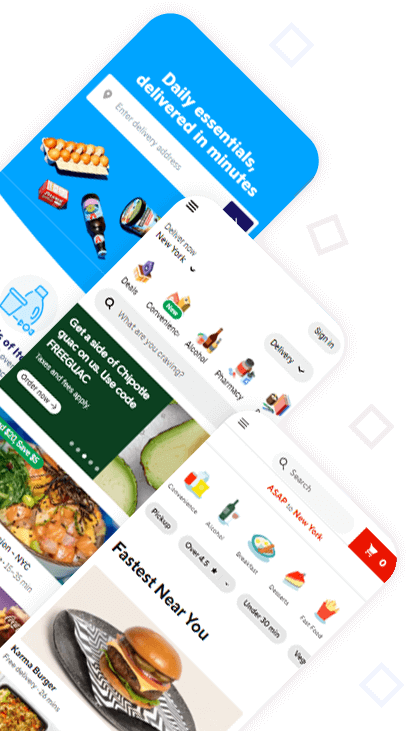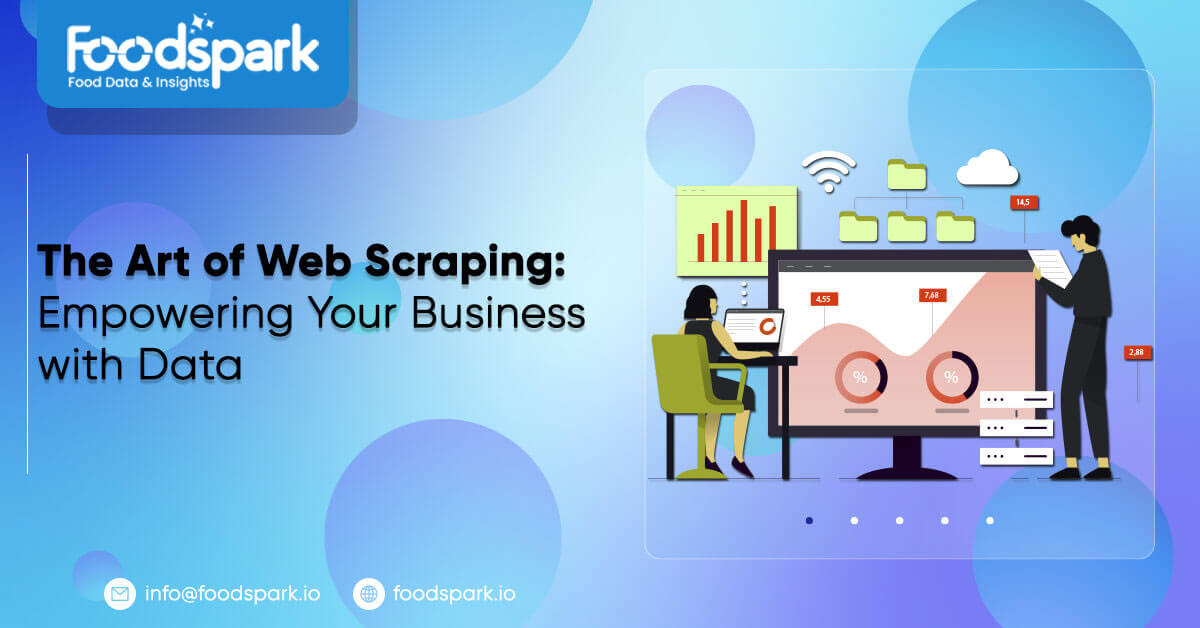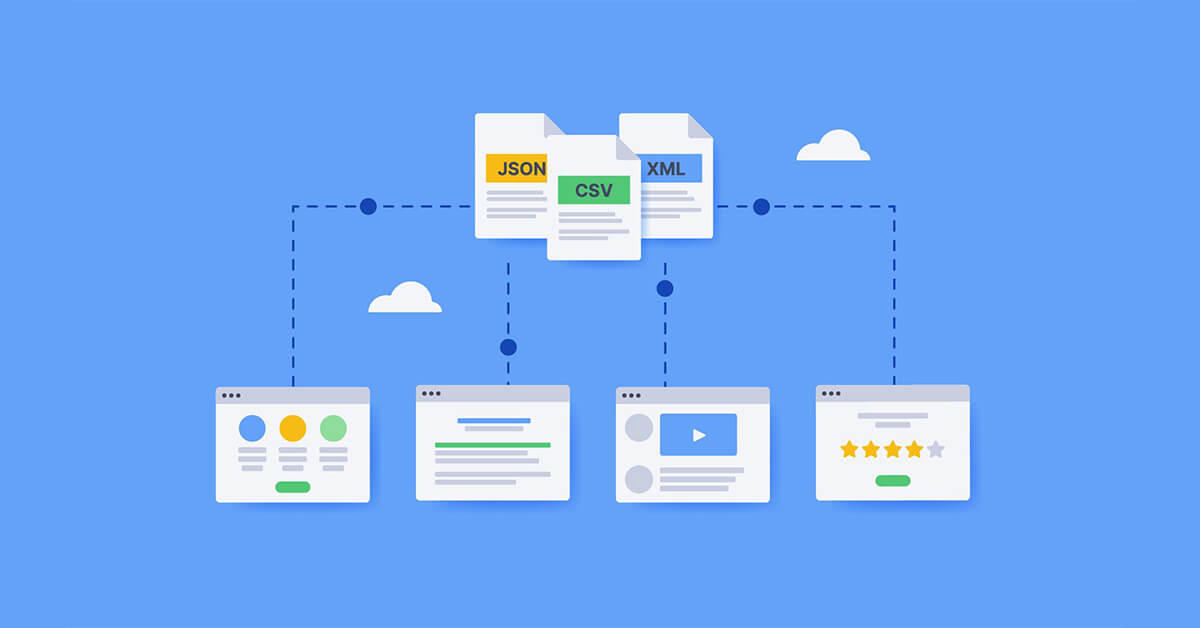Let's talk!
We'de love to hear what you are working on. Drop us a note here and we'll get back to you within 24 hours.

We'de love to hear what you are working on. Drop us a note here and we'll get back to you within 24 hours.

With the time market and competition, businesses need to be on top of their game to stay competitive. One way to do this is by using web scraping as a marketing and business intelligence tool.
Web scraping has been used for decades to help companies gain insights into their markets, industries, and competitors. Digital marketers use it for various purposes. Such as data mining, social media analytics, and lead generation are just some examples. It is possible to use web scraping to detect fraud or human trafficking through compliance activities.
Because web scraping is a rather broad term, it can be helpful to understand how it works.
Learning its various purposes, benefits, and applications will help you decide whether it suits your business.
Web scraping is the automated collection of data from websites. It collects large amounts of data. It is used for analysis and reporting in marketing automation and business intelligence.
Marketers can use this data to improve marketing campaigns, monitor social media trends, or develop better SEO strategies. You could have your employees collect the same information. It would take much longer and consume their valuable time in ways that can benefit your company more.
There are various ways that web scraping can benefit your business. But first, let us look at why companies turn to it in the first place. Web scrapers can gather information on competitive pricing, products, and services, as well as news and press releases.
1. Lead Generation:
Web scraping can benefit lead generation with email or social media marketing. It lets you capture consumers’ contact information to send offers or provide them with helpful resources. You collect a list of potential customers. After that, use a web scraper to get information to send out targeted marketing material. .
It could include their name, address, email, phone number, age, or purchase history. It can include demographic data such as income level and household size. This process is known as prospecting because it’s the first step in acquiring a new customer.
2. Market Research:
You can use a web scraper to gather information about your market, industry, and competitors.
It is possible to combine these pieces of information in reporting tools to reveal trends, costs, spending structures, and other valuable insights. It helps analyze search engine marketing performance. So you can develop strategic plans to improve your SEO efforts.
3. Social Media Analytics:
The popularity of social media selling is growing. A web scraper combined with a content management system (CMS) is an excellent tool for a company’s social media strategy. With a project management tool, you can create a traffic and conversion page to drive leads to your business.
4. Security:
Use social media web scraping for compliance activities such as human trafficking detection or fraud detection. This harvesting type is called digital forensics, and government agencies worldwide use it in terrorism threat investigations. Scope traces enable investigators to identify the origin of malicious activity on various networks. It’s used by enterprises such as banks, telecom providers, and healthcare organizations. It detects fraudulent accounts or unauthorized access attempts by unauthorized users.
5. SEO:
Web scraping is a helpful tool for SEO professionals. It offers an efficient way to gather information about the relevancy of your website’s content. The meta descriptions, titles, and URLs can create unique and authoritative content that attracts visitors and improves your search engine rankings.

One of the first steps to using data web scraping is figuring out how you plan on using it. The more narrowly you define its purpose and the better equipped you will be with a tool to help you reach those goals.
1. Data Mining:
Use web scraping to gather information about your market, industry, and competitors. By analyzing this data, a company can compare its performance to that of its competitors and identify trends that keep up with the needs of its customers.
2. Querying:
Gather additional information about the data you have gathered by using web scraping to run searches on the entities you have identified and picked out yourself. It can help determine what other information is available to them. It can include website URLs, contact details, or social media profiles. It will help them make smart decisions about what other products or services to offer them.
3. Aggregating:
Web scraping can aggregate data from multiple sources and compile them into one place. It can be helpful when tracking performance across several metrics, such as social media, SEO, or online ad metrics.
4. Transforming:
Use web scraping to transform the data before it’s displayed to serve your business needs best. For example, you can collect the data and present it to identify opportunities in your market or industry. Or you could use it as part of a data feed for an email marketing tool. The possibilities are endless!
5. Reporting:
As data is collected and aggregated, you can use your web scraping tool to generate reports on the information gathered. It can help you identify trends and determine what needs to be done to improve your business in social media marketing, online ad campaigns, or SEO efforts.
6. Predictive models:
With all the data being gathered, it’s only natural for businesses to want to do predictive modeling in addition to simple reporting and analysis. Web scraping tools make it easy for companies to feed their data into models and identify patterns across metrics. For this purpose, they use various statistical methods to prepare for the future.
7. Diagnostic:
You should see how a new product is doing in the marketplace or how your company is doing overall. Web scraping offers a flexible and easy way to gather this data to be analyzed. A simple chart can provide a snapshot of the industry’s performance. Analytics tools could show how users interact with your website. It shows the impact of different marketing efforts or other performance data.
Understanding what web scraping can do for your website and business is essential. But it’s also important to know how to deliver a quality product so that you can set your customers up for success with web scraping data.
Gathering data using web scraping involves collecting raw data, storing it, and transforming it before displaying it so that you can use it in ways that maximize its value to you. When you combine social media with web scraping data, there are unique insights about your customers that can help guide your marketing efforts.
Web scraping is a powerful tool that can be integrated into any business’s marketing efforts. It allows you to access information about your competitors, customers, and industry without investing heavily in high-tech software packages.
May 15, 2024 Restaurant review analysis is the process of looking through customers’ comments online. This involves expressing comments on...
Read moreMay 6, 2024 Table of Contents In 2024, the restaurant industry is in the middle of a restructuring fuelled by...
Read more